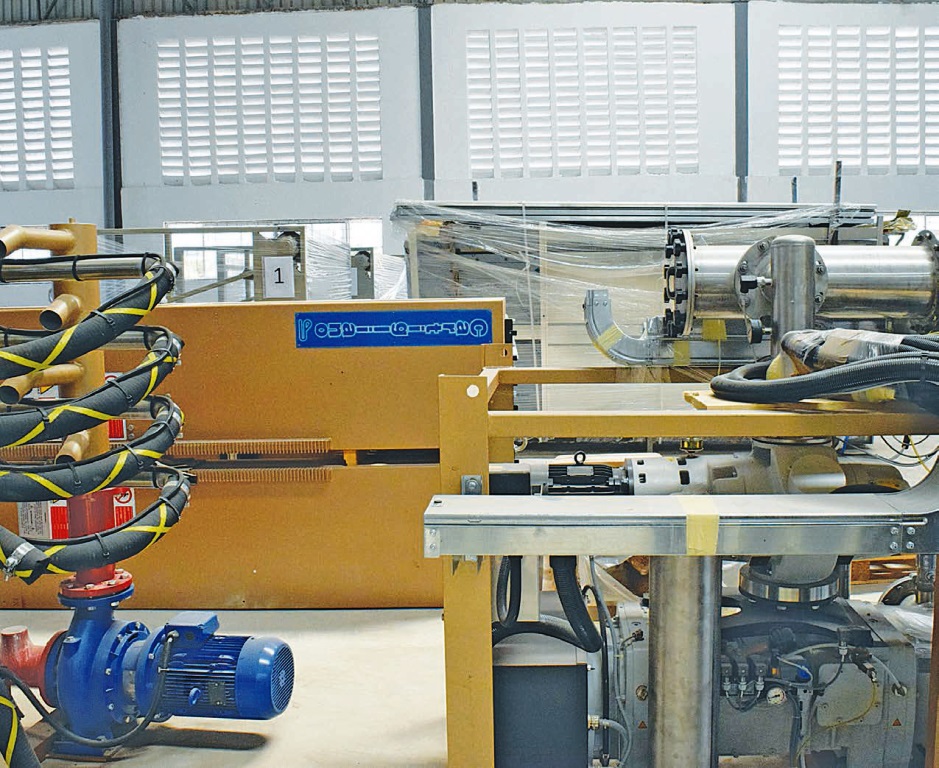AfricaPress-Tanzania: EAST African partner states are currently losing massive export earnings by inadequately investing in adding value to leather goods and horticulture, produced in the region and not addressing bottlenecks derailing growth in the sectors.
This is according to the findings from a joint report by the East African Business Council (EABC) and GIZ Programme, ‘Support to East African people-centred and market-driven co-operation’ titled, ‘Building the Leather, Fruits and Vegetable value chains in the East African Community’.
Speaking during the launch of the report recently, the EABC Chief Executive Officer, Dr Peter Mathuki noted from the report findings, that the leather industry has protracted due to the high presence of imported used footwear, as well as synthetic shoes.
“These imports are priced way below the production costs of local producers, thus reducing the market for a sector that is still not getting adequate financing,” he said.
The report finds that the region provides a good resource base for the production of hides and skins, having over 188.1 million livestock (cattle, sheep and goats).
Despite East Africa currently having a monthly demand of about 600,000 pairs of industrial shoes (security, safety, and industry), production is only about 60,000 shoes per month. The report indicates that the EAC region processes leather up to wet blue stage with a minimal transformation to finished leather.
On the international market, the price of finished leather costs about 5 US dollars per square feet (ft²), while the wet blue is sold at 1.5 US dollars per ft².
This suggests that the EAC, which exports mainly wet blue, loses as much as 3.5 US dollars per ft². This implies that the EAC in effect lost close to 3.2 billion US dollars in the last 4 years, (from 2014-2018).
The report also finds that there is a huge opportunity for increasing economic growth in the horticulture sector, as exports of manufactured goods remain limited.
The report indicates that the leather industry plays a major role in the global economy, with an estimated global trade value of approximately 100 billion US dollars per year, which is greater than the combined value chain of meat, sugar, coffee and tea.
Leather is one of the flagship sectors of the EAC, there is a need for continuous and collective advocacy to ensure effective implementation of the regional EAC Leather and Leather Products Strategy (2019 – 2029).
He urged leather industry players to embark on the formation of the regional leather association in close partnership with the EABC.
Among challenges facing the leather sector, include lack of defined standards, poor quality infrastructure of tanneries and abbatoirs, illicit trade, insufficient supply of chemicals, equipment and accessories used in leather, import levy on leather inputs by some Partner States, policy incoherence and uncontrolled imports of leather.
“The major constraint to the growth of the leather footwear industry relates to the constrained market demand due to the high presence of imported used footwear as well as synthetic or plastic shoes which are priced way below the production costs of local producers,” said Sylvester Kimeu, an EABC Project Assistant.
“The low quality of hides and skins is another intractable issue, and ranked the second most problematic factor to the competitiveness in the value chains.”
Presently, he noted, close to 40 per cent of raw hides and skins, purchased by tanneries, are rejected, with huge defects such as deep flay cuts, and being shapeless.
The report finds that most farmers have limited finances for capital investment and to purchase inputs. Inadequate processing facilities close to the sources of their produce has also deterred the region from fully exploiting the potential of the sector.
“Appropriate infrastructure for marketing and proper post-harvest handling can tremendously reduce losses that horticulture farmers face in the region, “said Dr. Mathuki.
The report recommends for EAC partner states governments to abolish import tariffs and Value Added Tax on imported seeds and seedlings plus other inputs.
This as well as lowering jet fuel taxes, reduces the high cost of power tariffs for horticultural farmers, trade facilitation, elimination of Non-Tariff Barriers and ratification of the EAC Sanitary and Phytosanitary (SPS) Protocol and opening up of EAC skies for cargo flights.







